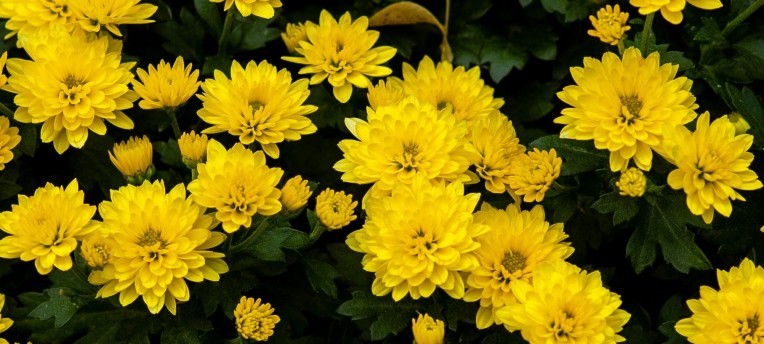Developing a shared logic to reduce residues in ornamentals
20 May 2025 - Horticulture
The focus on residues in ornamental plants and potting soil is increasing. Systematic measurement can provide valuable insights and control over what’s happening. Eurofins Agro Testing in Wageningen, in collaboration with Eurofins Food & Feed Testing in Graauw, supports growers with reliable analyses, practical advice, and the development of tailored risk assessments.
In recent months, there has been considerable media focus on residues in ornamental plants and potting soils. “We’re receiving many questions on this topic and are carrying out a large number of tests,” says Alexander van de Bilt, Business Developer at Eurofins Food & Feed in Graauw, The Netherlands. “The key question with any test result is often: what exactly are we looking at, and what do the figures mean? After all, there are no legal thresholds for ornamentals and potting soil, unlike with fruit and vegetables, which makes interpretation more complex.”
Eurofins Agro is part of the international Eurofins network, which also includes Eurofins Food & Feed in Wageningen. The two divisions work closely together in the area of residue analysis for agricultural products.
“Samples of vegetables, fruit or flowers arriving in Wageningen are immediately forwarded to Graauw, where they are analysed using state-of-the-art equipment,” explains Van de Bilt. “We also receive samples directly in Graauw, often from retail sources. It’s worth noting that we’re one of the largest laboratories in Europe for residue testing in agricultural products!”
800 Substances, from pesticides to plant hormones
Eurofins can test for around 800 different substances, including pesticides, growth regulators and plant hormones. “We analyse samples across a wide range of matrices: from relatively simple ones like water and plant material to more complex ones such as potting soil,” Van de Bilt explains.
Most substances are analysed using a so-called multi-residue screening. For certain substances however, such as glyphosate, a separate single screening is required. This method is highly specific and tailored to the chemical properties of those substances, enabling the required sensitivity to be achieved. “Our list of substances and analysis methods is continually updated based on the latest scientific insights and technologies.”
Sampling is a specialised skill
According to Van de Bilt, everything starts with a good sample. “Sampling is specialist work. Retailers often have their own trained staff, but Eurofins companies also have accredited samplers who can perform this professionally and in accordance with current European guidelines. It’s important to consider the type of product, the type of analysis, and to prevent contamination during sampling.”
Logic and guidelines for ornamentals and potting soil
There are currently no standardised residue thresholds for ornamental crops, but Eurofins Food & Feed and Eurofins Agro are happy to collaborate on developing a logical approach and practical solutions for residue risk management. “We can, for example, assist clients in drafting protocols and compiling white and blacklists of substances, as part of a jointly developed rationale,” says Van de Bilt. “There are many ways to manage residue risk in ornamental horticulture. I imagine many businesses are eager to engage with this issue. With our expertise, we can contribute meaningfully to setting up an efficient and effective system.”
Measure first, then manage
However, since there are no fixed standards for ornamental crops and potting soils, measurement must come first. “If you want to take control of reducing residues, you must first gain insight,” Van de Bilt concludes. “That starts with smart measurement and monitoring. Only then can we jointly build a reliable and practical logic for the responsible use of substances in the ornamental horticulture sector – and with it, trust throughout the supply chain, from grower to consumer. Once you have a clear understanding of your own situation, you can engage as a credible and equal conversation partner in the trade chain.”
Finally, Van de Bilt emphasizes the importance of reducing pesticide use in the sector. “It all starts with resilient growing systems, and healthy soil life is key to that. In Wageningen, my colleagues are conducting extensive research on the soil food web and the microbiome. This is vital to understanding how plants or substrates can better stand up to diseases. By working together with growers, we can build a healthier ornamental plant sector!”






